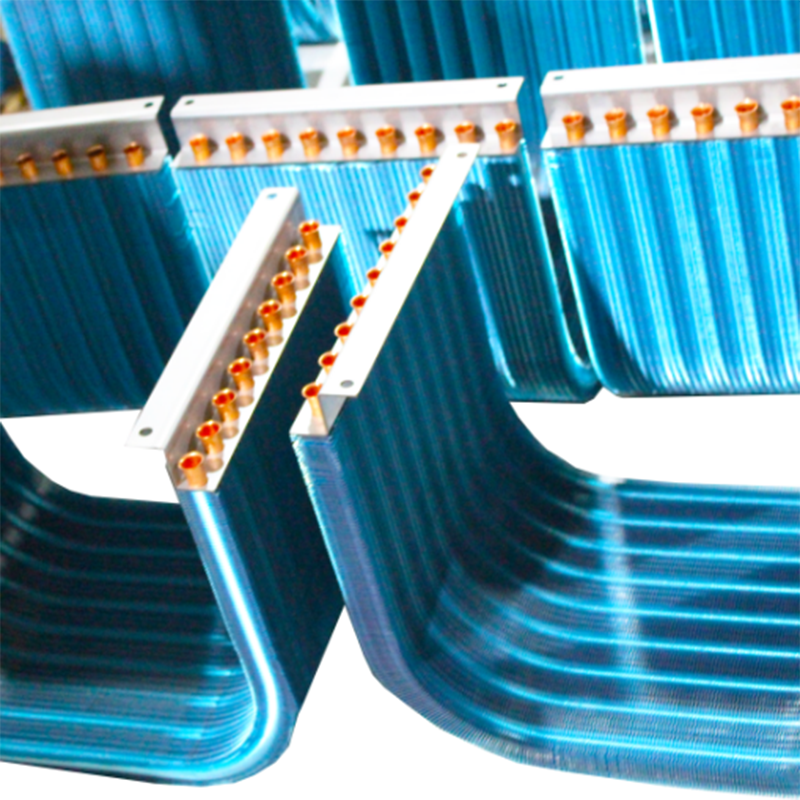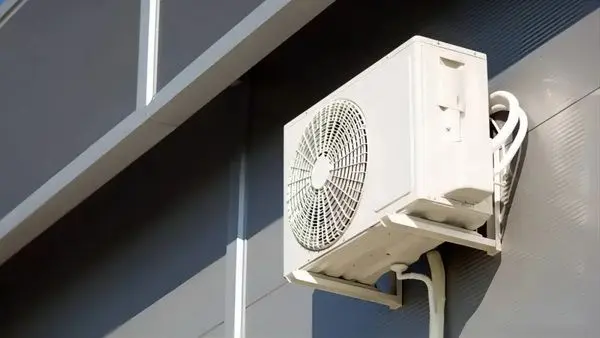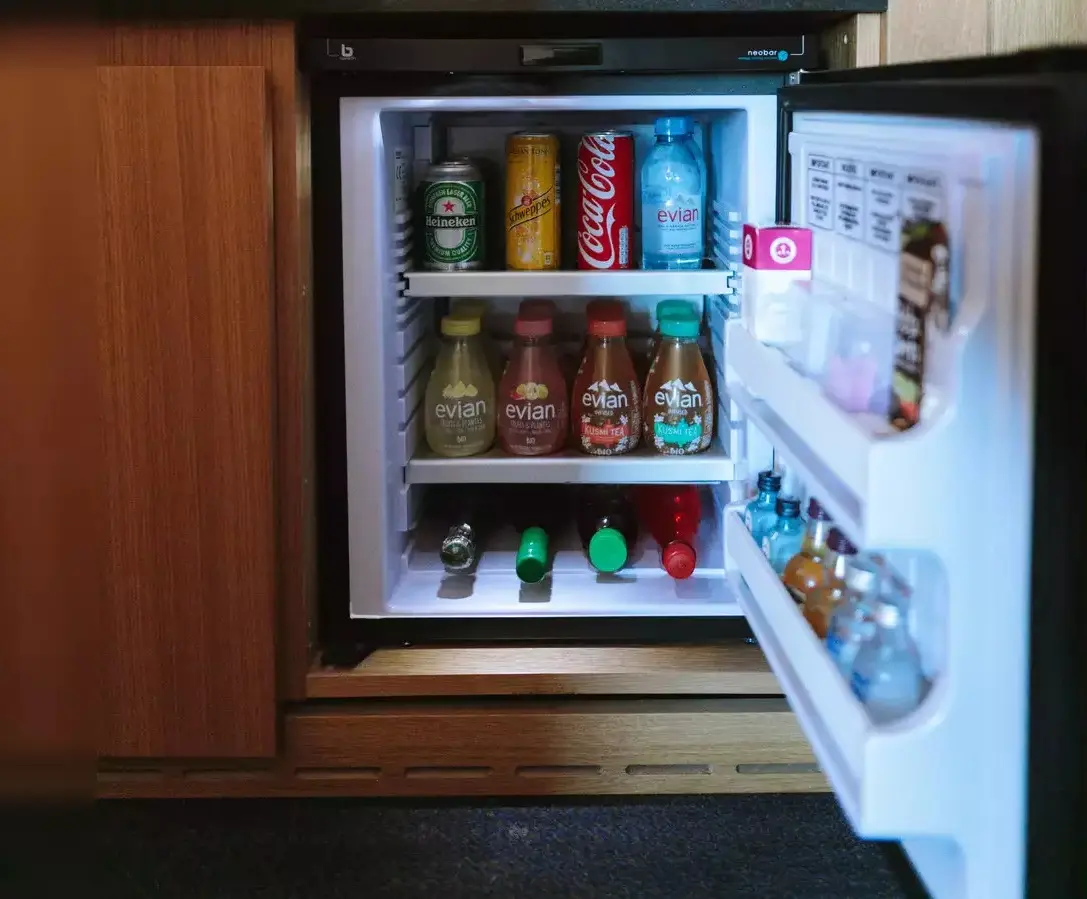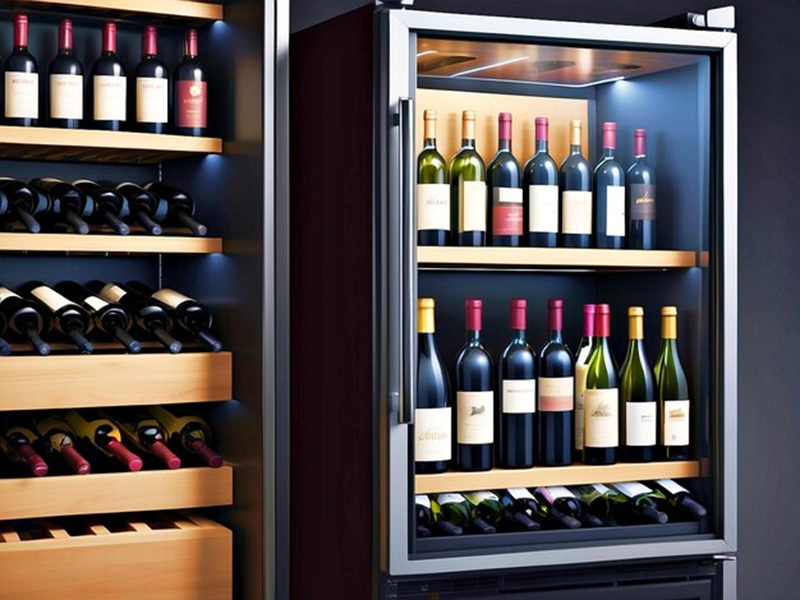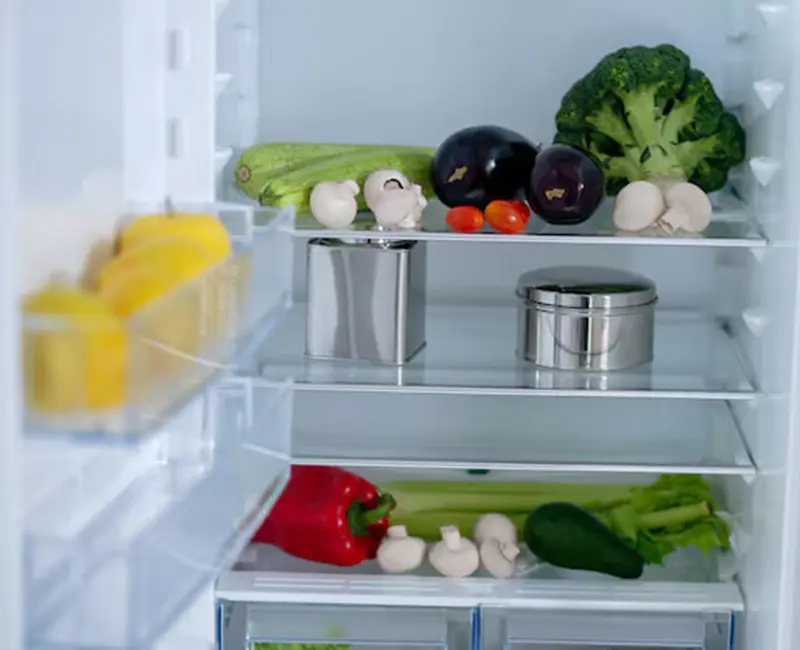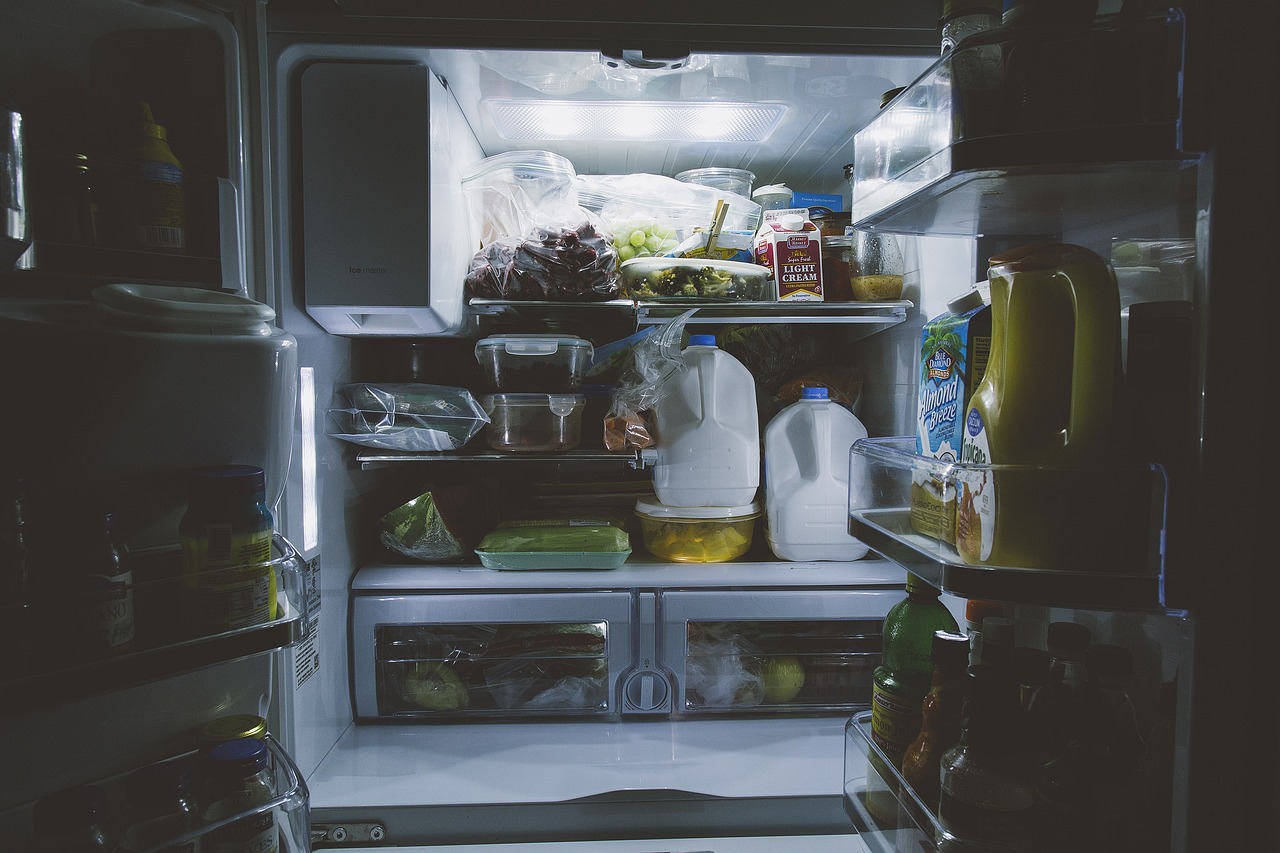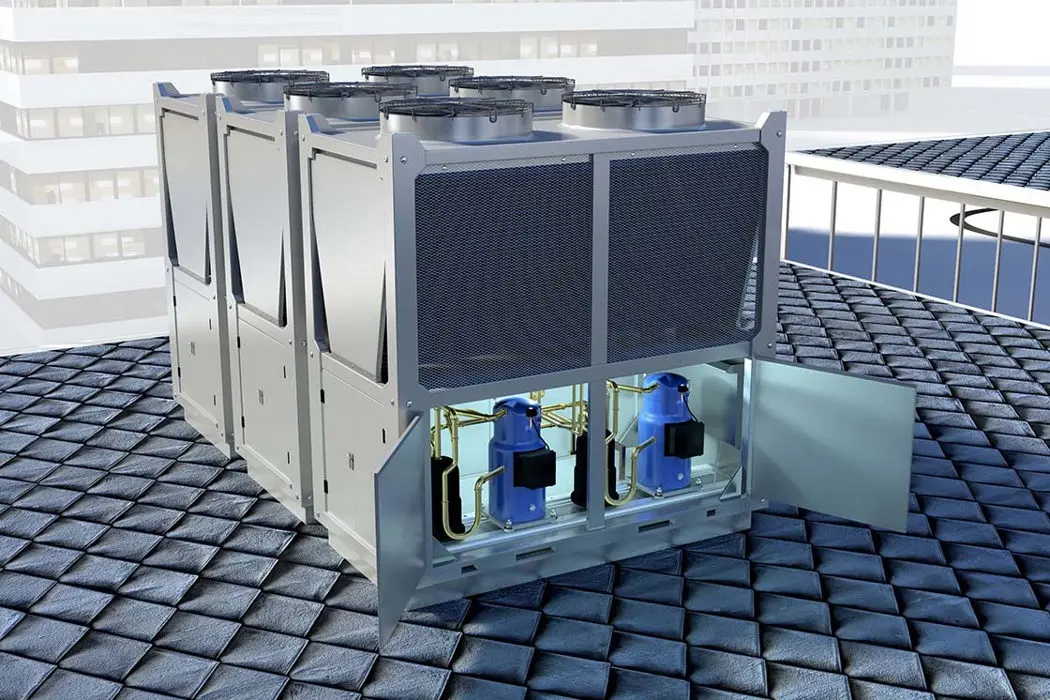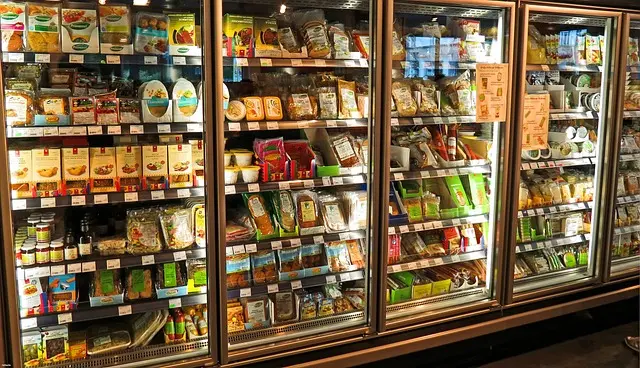How to Achieve Superior Energy Efficiency with Copper Fin Heat Exchangers
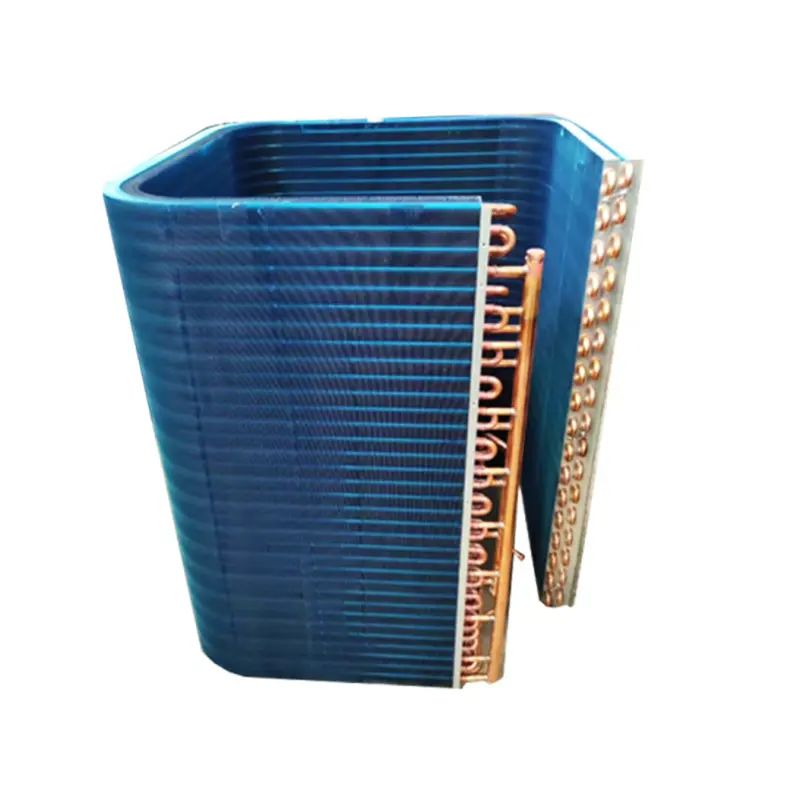
When I think about energy efficiency, copper fin Heat Exchangers stand out as an exceptional solution. Their design maximizes heat transfer by increasing the surface area between fluids. Let me share some insights:
- These heat exchangers enhance heat transfer capacity by expanding the wall's surface area.
- Using advanced materials like nanofluids further boosts thermal conductivity, ensuring better performance.
- Studies confirm that nanoparticles improve flow characteristics and reduce pressure drops, making them even more efficient.
These qualities make copper fin heat exchangers indispensable across industries.
Key Takeaways
- Copper fin heat exchangers work well by spreading heat faster. This makes them great for many uses.
- Checking and cleaning them often helps them last longer and work better.
- Picking good materials and smart fin shapes can improve how they work and save energy.
Understanding Copper Fin Heat Exchangers
What Are Copper Fin Heat Exchangers?
When I think about efficient heat transfer systems, copper fin heat exchangersimmediately come to mind. These devices are designed to transfer heat between two fluids, such as air and a liquid refrigerant, water, or oil. Their structure consists of copper tubes surrounded by external fins, which significantly increase the surface area for heat exchange. Depending on the application, the fins can take various forms, including straight, spiral, or embedded designs. This versatility makes them suitable for a wide range of industries, from HVAC Systems to industrial cooling and even aerospace applications.
Key Features of Copper Fin Heat Exchangers
To better understand what sets copper fin heat exchangers apart, I’ve summarized their key technical details in the table below:
| Feature | Description |
|---|---|
| Primary Function | Transfers heat between two fluids, typically air and a liquid refrigerant, water, or oil. |
| Design | Composed of copper tubes with external fins to increase surface area for heat transfer. |
| Types of Fin Tubes | - Straight fin tubes: Common in HVAC systems. |
| - Spiral/helical fin tubes: Enhance turbulence for compact systems. | |
| - Embedded/extruded fin tubes: Improve bonding and thermal contact. | |
| Applications | Used in HVAC systems, boilers, industrial cooling, and automotive/aerospace industries. |
| Advantages | High thermal conductivity, corrosion resistance, malleability, and antimicrobial properties. |
This combination of features ensures that copper fin heat exchangers deliver exceptional performance and reliability across various applications.
Why Copper Is the Ideal Material for Heat Exchangers
Copper stands out as the ideal material for manufacturing heat exchangers, and I’ve seen this proven time and again in its applications. Here’s why:
- High thermal conductivity: Copper’s thermal conductivity of approximately 400W/m.K ensures efficient heat transfer.
- Durability and corrosion resistance: A natural oxide layer protects copper from corrosion and biofouling.
- Predictable metal characteristics: Copper’s temper allows for inner grooving, which enhances heat transfer by increasing turbulence.
- Superior strength of small-diameter tubes: This enables thinner walls, reducing material usage and costs without compromising strength.
- Cost reduction: Manufacturing with copper is efficient, leading to lower production and repair costs.
These properties make copper fin heat exchangers not only efficient but also cost-effective and durable, ensuring long-term performance in demanding environments.
Mechanisms Behind Energy Efficiency in Copper Fin Heat Exchangers
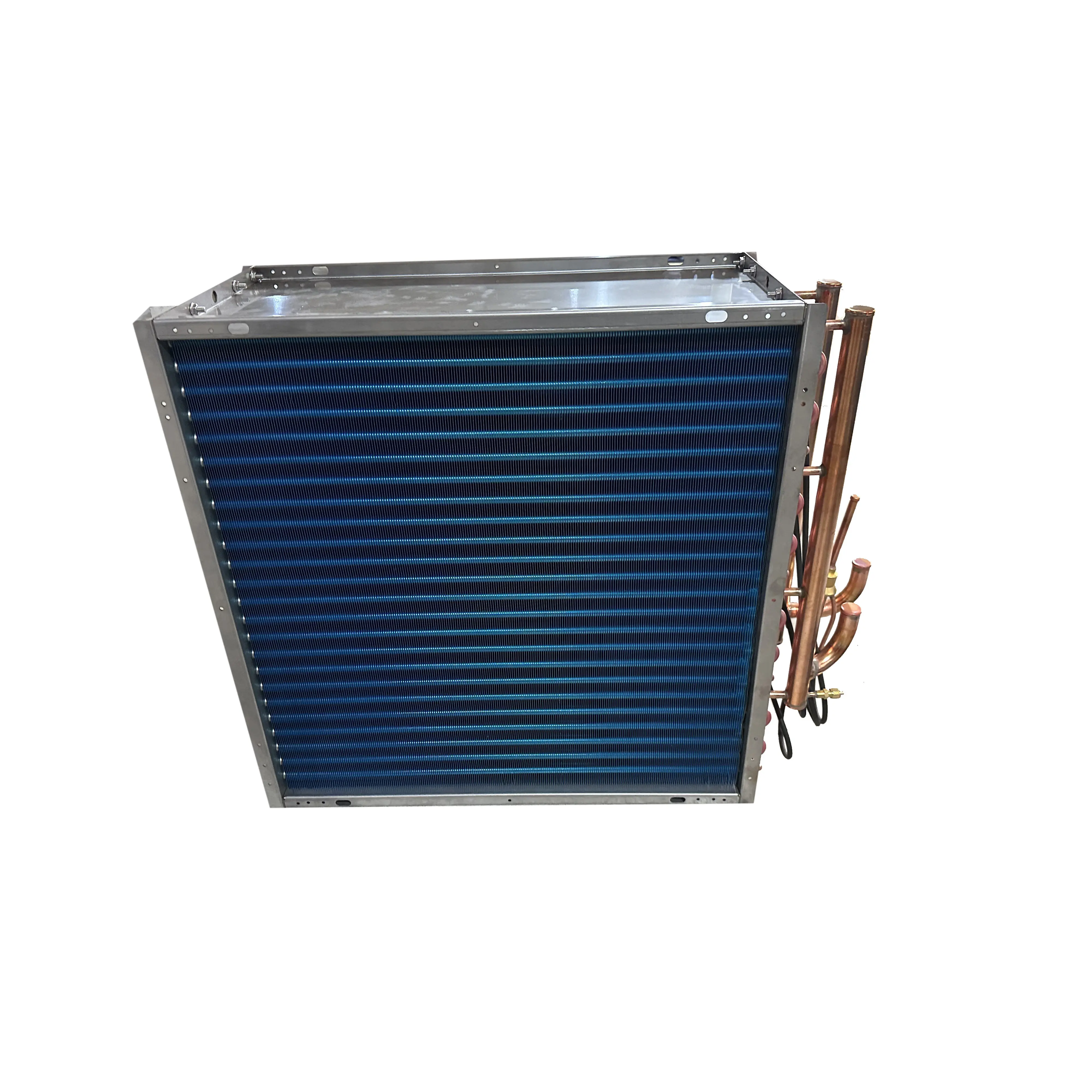
Enhanced Heat Transfer Through Increased Surface Area
When I think about the efficiency of a Copper Fin Heat Exchanger, its ability to maximize heat transfer through increased surface area stands out. The fins surrounding the copper tubes create a larger contact area for heat exchange, allowing fluids to dissipate heat more effectively. This design significantly enhances the heat transfer coefficient by promoting turbulence around the fins, which reduces thermal resistance.
To illustrate this, I’ve compiled findings from various studies that validate the performance metrics of finned tubes:
| Metric | Description |
|---|---|
| Increased Surface Area | Finned tubes have more contact area with the fluid, enhancing heat dissipation compared to plain tubes. |
| Superior Thermal Conductivity | Copper's thermal conductivity (401 W/mK) allows for rapid heat absorption and dissipation. |
| Enhanced Heat Transfer Coefficient | Increased turbulence around the fins reduces thermal resistance, improving overall efficiency. |
These metrics demonstrate why finned designs outperform plain tubes in heat transfer applications. For example, Said and Nada’s research showed that optimizing fin patterns and geometries reduced solidification time by 38%. Similarly, Hassan et al. found that annular fins increased stored energy by 52% and reduced melting time by 70%. These findings highlight the critical role of surface area in achieving superior energy efficiency.
Superior Thermal Conductivity of Copper
Copper’s exceptional thermal conductivity is another reason why Copper Fin Heat Exchangers excel in energy efficiency. With a thermal conductivity of 401 W/mK, copper rapidly absorbs and dissipates heat, ensuring efficient operation even under demanding conditions. This property allows the heat exchanger to transfer energy quickly between fluids, minimizing energy losses.
Studies further validate copper’s thermal performance. Wang et al. investigated elliptical finned-tube heat exchangers and found peak thermal performance at an ellipticity ratio of 0.6 and a rotation angle of 30°. Yassin et al. demonstrated that tube rotation benefits exceeded conventional fin designs by a factor of three, showcasing copper’s ability to adapt to innovative designs for enhanced efficiency.
In my experience, this high thermal conductivity makes copper indispensable in applications requiring rapid heat exchange, such as HVAC systems and industrial cooling processes. It ensures that the system operates efficiently, reducing energy consumption and operational costs.
Corrosion Resistance for Long-Term Performance
Durability is a cornerstone of energy efficiency, and copper’s corrosion resistance ensures long-term performance in harsh environments. A natural oxide film forms on copper’s surface, protecting it from further corrosion and biofouling. This property allows Copper Fin Heat Exchangers to maintain their efficiency over time, even in outdoor air conditioning units or industrial settings exposed to corrosive substances.
I’ve seen firsthand how copper tube aluminum fin heat exchangers excel in environments like data centers, where harmful gases or liquids can compromise other materials. Their ability to operate stably under such conditions reduces maintenance costs and extends the lifespan of the equipment.
Here are some key points that highlight copper’s corrosion resistance:
- Copper exhibits good corrosion resistance in various environments.
- A protective oxide film prevents further corrosion.
- Copper tube aluminum fin heat exchangers perform well in corrosive environments, such as data centers.
This durability ensures that Copper Fin Heat Exchangers remain reliable and efficient, making them a cost-effective choice for long-term applications.
Applications of Copper Fin Heat Exchangers
HVAC Systems and Residential Air Conditioning
When I think about energy-efficient cooling and heating systems, copper fin heat exchangers immediately come to mind. These devices play a pivotal role in HVAC systems and residential air conditioning by ensuring effective heat transfer between air and refrigerants. Their design, which incorporates copper tubes and fins, maximizes surface area and enhances thermal performance.
In my experience, these heat exchangers excel in maintaining comfortable indoor climates while minimizing energy consumption. For instance:
- Finned copper tubes significantly improve heat transfer performance by increasing the contact area between fluids.
- They operate efficiently across various temperature ranges, making them ideal for both cooling and heating applications.
- Studies have shown that heat pipe thermosyphons integrated into HVAC systems achieve maximum effectiveness at specific air velocities and heat flux levels, such as 2 m/s and 1,400 W, respectively.
Additionally, copper fin heat exchangers contribute to air quality improvements. During the COVID-19 pandemic, they were integrated into HVAC systems to pre-cool air and remove contaminants before the air reached the main unit. This dual functionality highlights their versatility and importance in modern air conditioning systems.
Industrial Processes and Petrochemical Applications
Copper fin heat exchangers are indispensable in industrial and petrochemical settings. Their ability to handle high temperatures, corrosive fluids, and demanding conditions makes them a reliable choice for various processes. I’ve seen their impact firsthand in applications like distillation, condensation, and evaporation.
Here’s a breakdown of their benefits in key industrial areas:
| Application Area | Key Benefits | Market Demand Factors |
|---|---|---|
| Chemical Processing | Efficient heat transfer in distillation, condensation, and evaporation | Growing demand for chemicals and petrochemicals, need for energy-efficient solutions |
| Oil and Gas | Operates under harsh conditions, handles corrosive fluids | Increasing exploration and production activities, need for efficient heat management |
| General Use of Copper Finned Tubes | High thermal conductivity, excellent corrosion resistance | Growing demand for reliable heat exchangers in various industrial applications |
In petrochemical plants, these heat exchangers preheat crude oil or cool reaction gases, optimizing energy use and enhancing process efficiency. Their durability and thermal conductivity ensure consistent performance, even in harsh environments. This reliability reduces downtime and operational costs, making them a preferred choice for industries worldwide.
Laboratory Equipment and Controlled Environments
In laboratory settings, precision and control are paramount. Copper fin heat exchangers provide the necessary cooling for equipment like rotary evaporators, reaction kettles, and distillation units. I’ve observed how their efficient heat transfer capabilities prevent overheating, ensuring the accuracy and safety of experiments.
For example, during distillation, these heat exchangers allow solvents to evaporate and condense at controlled temperatures. This process not only enhances operational efficiency but also extends the lifespan of laboratory equipment. Additionally, they play a crucial role in maintaining stable conditions in controlled environments, such as laboratory pools.
- Preventing temperature fluctuations that could compromise biological samples or cell cultures.
- Reducing maintenance costs by ensuring consistent performance.
- Supporting energy-efficient operations in temperature-sensitive applications.
Their versatility and reliability make copper fin heat exchangers an essential component in laboratories, where precision and efficiency are non-negotiable.
Practical Tips for Selection and Maintenance
How to Choose the Right Copper Fin Heat Exchanger
Selecting the right Copper Fin Heat Exchanger requires careful consideration of several factors. I always start by evaluating the working environment and application needs. For instance, copper and aluminum are excellent choices for thermal conductivity, while stainless steel offers superior corrosion resistance in harsher conditions.
The fin design also plays a critical role. Straight fins work well for standard applications, but spiral or corrugated fins enhance turbulence, improving heat transfer in systems with varying fluid viscosities. Additionally, the tube type and size must align with the heat exchange requirements. Smaller tubes with thinner walls can increase efficiency without compromising durability.
Here’s a quick guide to assist in the selection process:
- Material selection: Match the material to the environment and application.
- Fin form: Choose the appropriate fin shape for optimal heat transfer.
- Tube type and size: Select based on the specific heat exchange needs.
Maintenance Practices to Ensure Longevity
Proper maintenance ensures the long-term performance of heat exchangers. I recommend regular inspections to identify potential issues early. Cleaning schedules are equally important, as they prevent fouling and blockages that can reduce efficiency.
Monitoring systems provide real-time data, helping to detect irregularities before they escalate. Predictive maintenance strategies, such as analyzing performance trends, minimize downtime and extend the lifespan of the equipment.
| Maintenance Practice | Benefit |
|---|---|
| Regular inspections | Early detection of issues prevents major failures. |
| Cleaning schedules | Keeps the system efficient by avoiding fouling and blockages. |
| Monitoring systems | Tracks performance and identifies irregularities. |
| Predictive maintenance strategies | Reduces downtime and prolongs equipment life. |
Optimization Strategies for Maximum Efficiency
Maximizing the efficiency of a Copper Fin Heat Exchanger involves several proven strategies. Proper sizing and selection ensure the system matches the heat load. Managing fluid flow and optimizing velocities enhance heat transfer. I also prioritize thermal design, such as counter-flow configurations, to improve performance.
Regular cleaning and fouling prevention are essential. Insulating the heat exchanger minimizes heat loss, while temperature control strategies maintain desired differentials. Advanced technologies, like CFD simulations, can further optimize performance.
Here’s a list of key strategies:
- Proper sizing and selection.
- Fluid flow management.
- Thermal design optimization.
- Fouling prevention through regular cleaning.
- Insulation to reduce heat loss.
- Advanced technologies for performance modeling.
By following these tips, I’ve consistently achieved superior energy efficiency and extended the lifespan of heat exchangers in various applications.
Copper fin heat exchangers, like the SENJUN U-type finned condenser, deliver unmatched energy efficiency and versatility.
- Copper’s thermal conductivity of 401 W/mK ensures rapid heat transfer.
- Finned tubes enhance turbulence, reducing thermal resistance.
- Corrosion resistance lowers maintenance costs.
- Compact designs maintain high performance while saving space.
These features unlock significant energy savings and operational benefits across industries.
FAQ
What makes copper fin heat exchangers more energy-efficient than other materials?
Copper’s high thermal conductivity ensures rapid heat transfer. Its corrosion resistance and durability maintain efficiency over time, reducing energy losses and operational costs.
How do I maintain a copper fin heat exchanger for optimal performance?
I recommend regular cleaning to prevent fouling. Inspections help identify issues early. Predictive maintenance strategies extend the lifespan and ensure consistent efficiency.
Can copper fin heat exchangers be used in extreme environments?
Yes, copper’s durability and corrosion resistance make it ideal for harsh conditions. It performs reliably in industrial, petrochemical, and outdoor applications.











